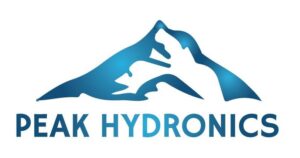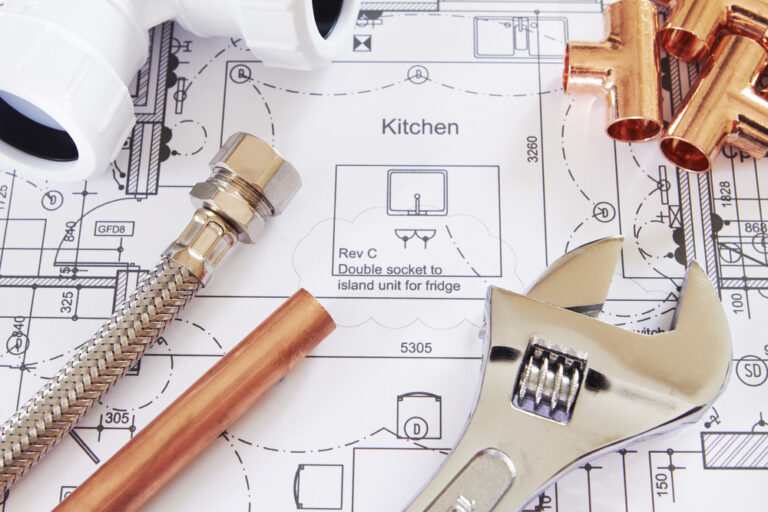Owning a multi-residential building can be a prosperous financial endeavour – until things start to break.
If you do own this type of building, you may find yourself concerned with structural issues such as roofs or economical considerations like insulation and heat efficiency.
What you may not find yourself worrying about is the building’s plumbing. Oftentimes, multi-residential building owners assume that plumbing issues can be dealt with on a unit-by-unit basis.
The truth is, your building’s plumbing system is all connected. One small issue can easily snowball into financial disaster.
In order to prevent the worst from happening, your best course of action is to perform preventative plumbing maintenance on a regular basis.
Why is Preventative Plumbing Maintenance Important?
Plumbing maintenance is significantly cheaper than disaster repairs.
You may not be concerned over one minor issue in one unit, but problems in the central piping lines can affect the entire building.
A multi-family house has three components in the sanitary drainage system. These include pipes that run up and down (vertical stacks), branch lines (connects plumbing to appliances and drains) and horizontal underground lines (building sewer drain).
While issues with the branch lines are more isolated events, any problems with the vertical stacks or horizontal underground lines can spell out financial calamity for multi-residential building owners.
5 Preventative Plumbing Maintenance Tips
1. Video Scoping
Video scoping is a maintenance measure that allows you to inspect for cracks or channeling. This will allow you the opportunity to perform temporary fixes to early leaks before they become a major issue in the future.
They can also give you an indication if components of the plumbing system are wearing down and will need replacing soon.
2. Perform Visual Inspections
You don’t always need fancy equipment to visually inspect your plumbing system.
Being aware of unusual smells and standing/dirty water is a preventative way of dealing with problems before they become expensive issues.
Take the time to inspect the units in your buildings or have tenants inform you of any odors or changes as soon as they occur.
3. Be Proactive
There are certain measures you can take to avoid any issues from happening in the first place.
One is to install drain screens to prevent debris from clogging up the plumbing in your building.
While you can’t monitor how your tenants treat the plumbing system, kindly notify them of proper drainage usage such as what not to rinse down the drain or flush down the toilet.
You can even take it one step further by providing them with the products necessary to clear the drains or offer to do it yourself every few months.
4. Fix Issues As Soon As Possible
You may be tempted to put off fixing a minor plumbing issue in a tenant’s unit but that one issue may affect other residents.
A clogged sink on one floor could cause flooding in other areas so it’s important that you address any plumbing issue right away and fix the problem properly.
Many companies, such as Peak Hydronics, offer 24/7 emergency service, meaning that you’ll never have to put off having these issues fixed!
5. Have a Budget Plumbing
You never know when you’ll need to call in the experts to perform replacements or repairs on your building’s plumbing system.
Since many multi-family units built before 1985 use cast iron piping, replacing the pipes will eventually be necessary.
You’ll want to make sure you are financially prepared to deal with any plumbing issues that arise.
Stay Ahead of Disaster!
If you’re concerned about the state of your multi-residential building’s plumbing system, don’t hesitate to call in the professionals!
Our trained technicians are available 24/7 to help with all of your plumbing needs.

